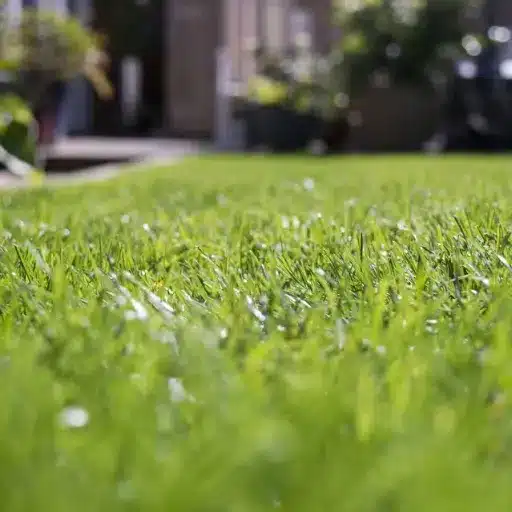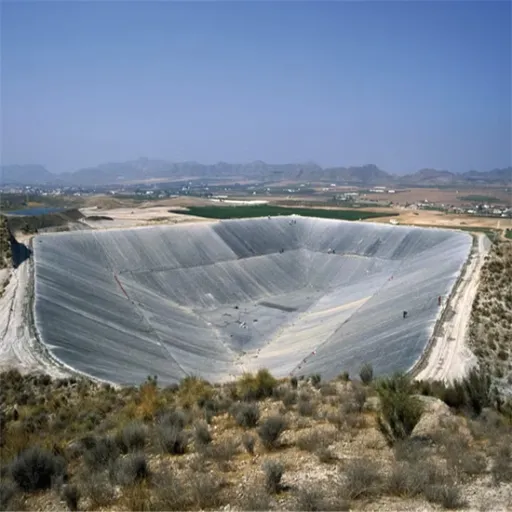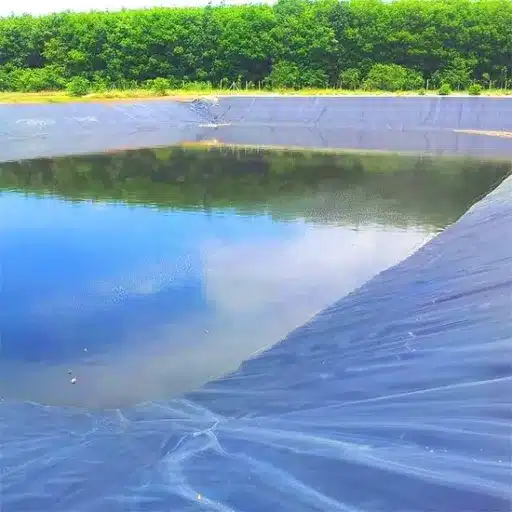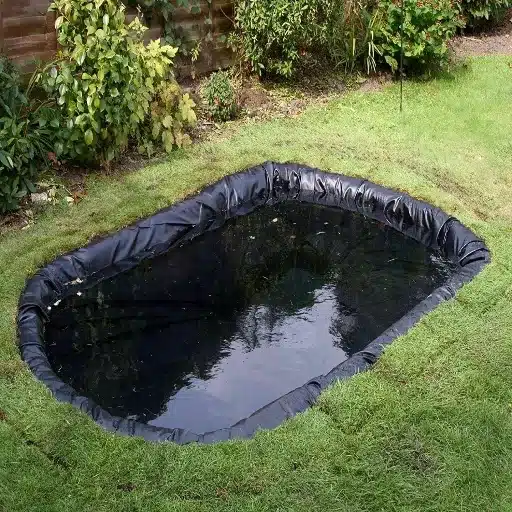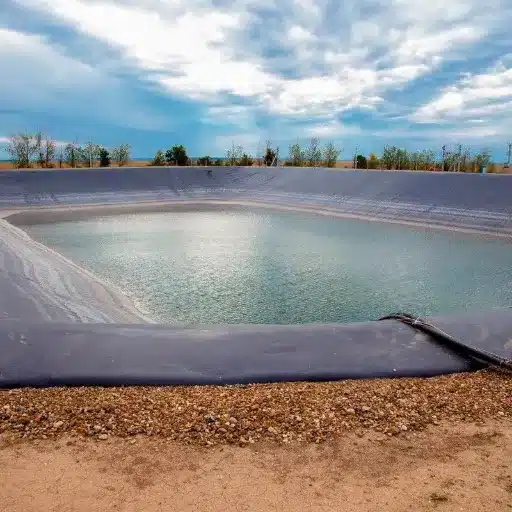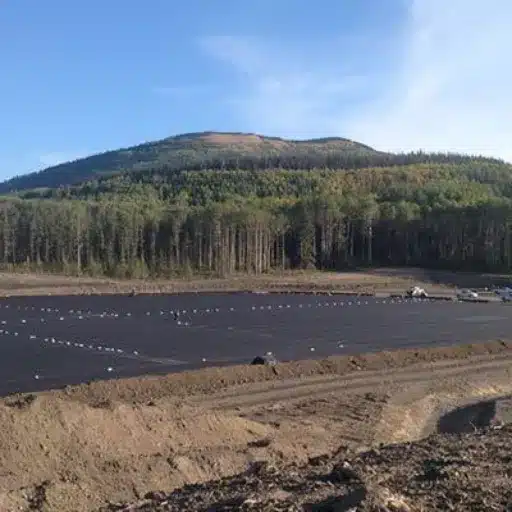Parking on grass could be perceived as a harmless or even a nice way of making life easier, but what if we talk about the long-term consequences that one may not be aware of? The easiest decision can cause problems that are not only expensive but also surprising, such as the risk of rust due to dampness and bad condition of the lawn. The article looks into the underlying disadvantages of parking on grass and provides useful tips about how to secure both the car and the outdoor area. It will be made clear at the end why this typical activity is not as innocent as it seems and what alternative methods can be used to prevent the problems.
Introduction to Parking on Grass
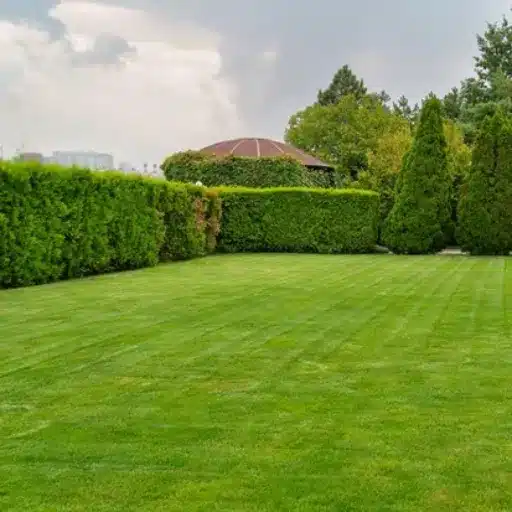
While parking on grass might not seem to be a big deal, I have found out that it really can turn out to be a huge problem. It can lead to the car rust because of the moisture trapped and the lawn might be ruined resulting in muddy spots and uneven grass. I decided to park on paved and gravel places to eliminate the risk of these problems.
Common Scenarios for Parking on Grass
Generally, parking on grass is considered to be a practical choice when certain conditions exist and particularly when there is no other option available. Some occasions are outdoor events like concerts, fairs, or sports where temporary parking is set up in a field. Even the owners of single-family houses sometimes have no other option but to park on the grass due to the limited space on the driveway or to make room for visitors during the party. Farms with considerable land areas might make grass parking seem easy and harmless.
Nevertheless, the modern world is coming up with data that identifies the adverse effects of the common practice of grass parking. For instance, one of the studies shows that if grass is parked for a long time, it would lead to soil compaction that would make the soil unable to absorb water letting the water flow away and therefore causing flooding in the vicinity. The same experts dealing with lawns also support the argument that a car parked cuts off sunlight and air circulation to the grass underneath, resulting in bare spots and discoloration. According to environmental agencies’ studies, part of the problem is that the ecosystems suffer great damage because of the very habit of grass parking, as the oil and fluids that are likely to leak from cars would eventually get into the soil thus risking plants and water sources.
Why Do People Park on Their Lawn?
Convenience, space limitation, and lack of alternative parking options are the major factors why people park on their lawn. Lawns seem to be the most accessible solution for households with multiple cars. Besides, neighborhoods with strict parking regulations or insufficient street parking facilities tend to force their residents to park on the lawns.
Economic aspects are also a factor. Construction of additional parking areas such as paved driveways or garages come with a hefty price tag. A national home improvement report suggests that the cost of making a simple asphalt driveway is between $2,000 and $7,000, which is why people on a budget find lawns an attractive free alternative. Moreover, people, who own large vehicles like RVs, trailers, or boats often park them on their lawns since the vehicles might not fit in standard garages or driveways.
The Environmental Impact of Parking on Grass
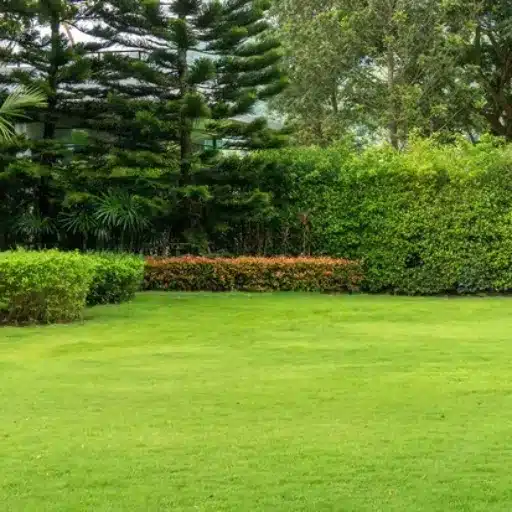
In my opinion, parking on grass brings about both benefits and drawbacks. To start with, it allows for a quick-access and economical solution for the larger vehicles unable to park within the usual spots. Nevertheless, it also results in some drawbacks including, the damage to the grass, soil compaction, and the negative effects on the environment by the disallowance of natural water absorption, which leads to erosion.
Compaction of Soil and Erosion
Over time, the parking of vehicles on grass can result in huge soil compaction. Heavy vehicles parked on grassy plots exert weight that pushes air out of the soil pores and thus compact it. Research has indicated that compacted soil may lose up to 50% of its natural water infiltration ability. This impaired ability leads to rainfall not being absorbed properly turning into surface runoff instead.
The ecosystem under the compacted soil gets affected as well. The microorganisms and the plant roots find it hard to live in dense soil thus soil health and fertility is impaired. Besides, the vehicles parked frequently on the grassy areas cause more ground erosion. The upper layer of the soil without strong grass root systems is easily removed by wind or water thus the process of degradation is intensified.
Impact on Grass Health and Growth
The health and growth of grass are critically dependent on the condition of the soil and the moisture and nutrients available in it. The health and growth of the grass are dramatically affected by the compacted soils due to their low moisture and nutrient retention capacity. When soil is compacted only limited pore spaces are available for air and water to reach plant roots. This situation suppresses the growth of grass as it cannot establish healthy root systems, hence leading to stunted growth and poor resilience against environmental stresses like drought or heavy rainfall.
🔬 Research Findings
Recent research underlines the relationship between soil compaction and grass density. For instance, the University of Minnesota’s research illustrates that soil compaction can cause root depth to decrease by as much as 60% thus severely affecting grass’s capacity to recover from stress or wear like that found in sports fields and heavily trafficked areas. A similar situation has been observed as soil with low porosity shows a 30-50% reduction in water infiltration rates, which in turn deprives grass of moisture essential for its growth.
Moreover, incompacted soils, nutrient absorption becomes less efficient as essential elements like phosphorus and potassium find it hard to penetrate and reach the roots of plants. The USDA’s findings indicate that compacted soil can result in the reduction of grass yield by as much as 40% in certain cases. This emphasizes the urgent necessity for soil aeration techniques like aerators which are capable of reinstating pore spaces and improving grass health. In addition, planting of grass species that are known for their tolerance to compacted soils like tall fescue or perennial ryegrass can reduce the adverse effects in places where compaction is an unavoidable issue.
Legal and Community Considerations
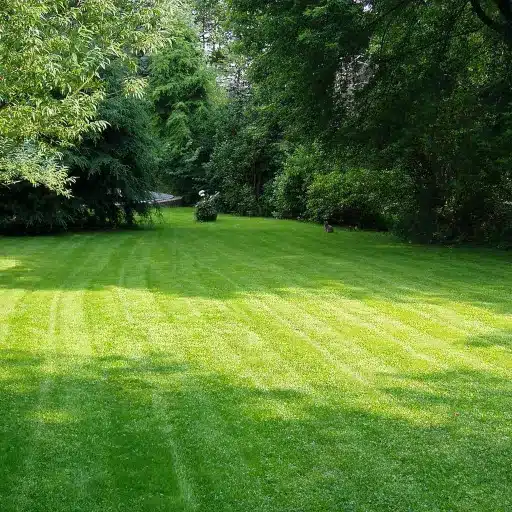
It is really important that the problem of soil compaction is dealt with to improve the yield and health of grass. I would use mechanical aeration techniques along with planting of sturdy grass species like tall fescue or perennial ryegrass as the main strategies to tackle the problems brought about by compacted soil.
Potential Fines for Parking on Grass
Parking on grass is a practice that can sometimes lead to heavy fines in many places, whether it is in residential or public areas. Local authorities and homeowners’ associations commonly put strict rules in place aimed at stopping damage to lawns and green areas. For instance, a location’s fining policy for parking on grass might be between $50 to $500 depending on the area and the seriousness of the breach. In the case of a city like Raleigh, NC, $100 is imposed for first-time offenders while in Austin, TX, the repeated violations could lead to the imposition of higher fines along with potential towing costs.
The existence of these rules is justified by both environmental and aesthetic arguments. The act of parking on grass is very destructive and can lead to soil compaction, root system damage and the spoilage of the community green areas. In addition to the fines, the offenders might also have to bear the costs for grass restoration. It would be wise to confirm local ordinances or HOA policies in order to not get hit with these fines and to encourage responsible parking practices.
Public Perception and Neighborhood Aesthetics
The public’s perception of a neighborhood is one of the main factors in the neighborhood’s ability to keep its value and be appealing at the same time. A neat and attractive community where the residents share the same style will often create a sense of belonging and pride among the buyers as well as the sellers. The Community Associations Institute (CAI) conducted a survey in 2023 where 78% of homeowners reported being satisfied with their HOA mainly because the neighborhoods with enhanced landscaping, consistent architectural styles, and wellkept amenities were the reasons of their approval.
Moreover, it can be observed that neighborhoods featuring uniform aesthetics have a positive impact in terms of overall community well-being. The presence of green spaces, nicely illuminated paths, and designated parking contribute not only to the area’s aesthetic but also to safety and the encouragement of outdoor activities which in turn leads to the formation of better social ties among the residents. By making aesthetics a priority, the communities are actually building a positive public image for themselves while at the same time creating a conducive and lasting environment for their inhabitants.
Vehicle Concerns When Parking on Grass
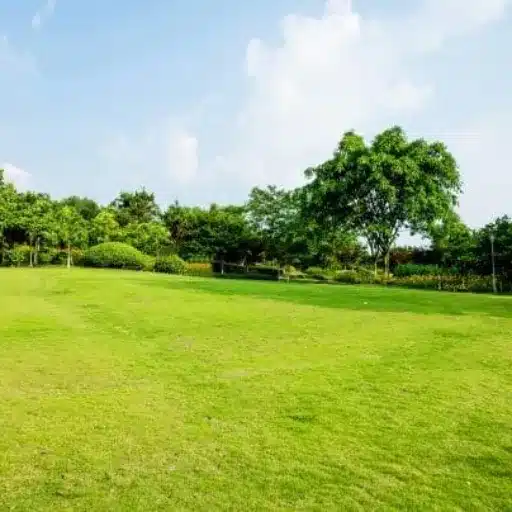
I usually try to avoid parking on grass due to the various problems that come along with it. One of the main disadvantages is that grass gets badly affected because of soil compaction and eventually dies. Consequently, the place looks highly unattractive. Also, the vehicles may leak fluid, e.g., oil, which will poison the earth and, in turn, hurt the habitat. So I always prefer to use the designated areas for parking if that is not a hassle.
Risk of Rust and Moisture Damage
Parking cars on grass presents a big obstacle of rust and moisture damage, which affects the life span of the vehicle as well as the maintenance costs. Grass keeps the moisture for a long time, especially after it rains or there is heavy dew, thus making it very wet and uncomfortable for the vehicle. Living in such a condition for a long time, the moisture will ruin the car’s underbody, exhaust system, and suspension parts which are most susceptible to rust.
⚠️ Warning: Rapid Rust Formation
Automotive specialists say it is possible for the rust to start growing just after 48 hours of being in highly moist conditions and on metal surfaces that are less covered and therefore more exposed. If not controlled, rust will lead to structural changes, making the vehicle unsafe and less valuable. Besides, trapped water in places like tire bays or wheel wells can be so damaging to brakes that over time they will be less efficient than before leading to more frequent repairs.
Moreover, the problem tends to get worse with the change of seasons. When the sun is up, the moisture is gone but, on the contrary, when night falls, the moisture returns as condensation, thus the vehicle is always wet. This cycle of moisture really fastens the rusting process making it hard to use such grassy parking areas for a long time. It is better to park on concrete or asphalt, which are the sealed and stable surfaces for protection against vehicles, use rust-proof coatings, or get undercarriage inspections regularly so that if any damage occurs it is addressed early.
Impact on Vehicle Suspension and Alignment
Not only does parking on unstable or sloped surfaces like grass or dirt speed up the corrosion process but it also has a negative impact on the vehicle’s suspension and alignment. The slow but sure uneven weight distribution created by installing the vehicle on sloped or soft grounds works eventually against suspension parts such as control arm, shocks, and struts. As the most recent reports on automotive say, prolonged exposure to this kind of environment can lead to a misalignment of 0.05 to 0.10 degrees, which negatively affects tire performance and increases their wearing.
The problems of misalignment can also bring about a decrease of as much as 10% in fuel efficiency, according to a 2023 study carried out by the Society of Automotive Engineers (SAE), because of the extra resistance on the tires. The fact that the wheels are not aligned properly causes the car to be less stable for driving and can, therefore, end up with steering difficulties which pose a safety risk in the long run. The combination of tire wear and increased fuel consumption can add up to a lot of money spent in the long run. Regular maintenance practices, such as checking the alignment and refraining from parking on uneven terrain, assure the durability and functionality of both suspension and alignment systems while also enhancing the overall vehicle safety.
Alternatives to Parking on Grass
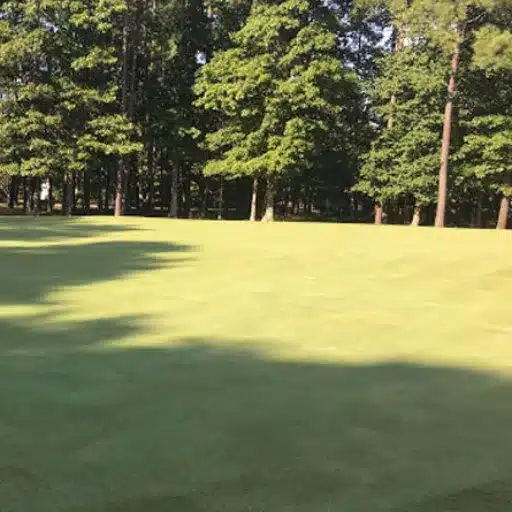
My choice is always paved or gravel surfaces instead of grass for parking. These options are more stable, less prone to tire damage, and overall create fewer problems with the suspension and alignment systems.
Using Pavers or Gravel for Temporary Parking
In the case of temporary parking solutions, pavers and gravel are the best alternatives due to their low cost, high durability, and eco-friendliness. The price of gravel, which is one of the most common in the market, varies a lot from $15 to $75 per cubic yard depending on the type and quality of the gravel. It offers a strong and permeable surface allowing water to drain naturally into the ground which in return reduces runoff and thus the risk of flooding or soil erosion.
Contrarily, permeable pavers are well-structured and are a combination of beauty and practical use. These systems, usually made of concrete or plastic grids, are designed to lock-in each other and hold while leaving spaces for water drainage. Studies have shown that permeable pavers can reduce surface runoff by up to 90%, thereby aiding significantly in stormwater management. Furthermore, pavers can bear great loads hence they are also suitable for different sizes of vehicles. The price of permeable pavers is $6-$10 per square foot along with materials and installation.
Benefits of Proper Lawn Care and Maintenance
Proper lawn care and maintenance bring a lot of benefits to the area both visually and environmentally. A lawn that has been taken care of gives a house a better look, possibly raising its price by up to 15%, which is the finding of some real estate surveys. Besides, a thick and lush lawn helps the ecosystem to be more alive by purifying the air, preventing its deprivation by few, and soaking up rainwater.
Mowing, fertilizing, and watering regularly lead to the development of deep roots, which in turn enhance the lawn’s resistance to drought and decrease the chance of a weed invasion. Research indicates that a well-fertilized lawn can cut water runoff by half compared to non-fertilization areas. Aeration improves soil aeration and nutrient absorption which further results in stronger grass growth.
Reference Sources
-
Neighbor Blog – “The Pros & Cons of Parking a Car on Grass”
This blog discusses the short-term and long-term effects of parking on grass, including potential damage to vehicles due to moisture and harm to the lawn.
Source Link -
Quora – “Why do you get mad if people park on your lawn?”
A community-driven discussion highlighting the reasons why parking on grass can damage lawns and the effort homeowners put into maintaining their property.
Source Link -
YouTube – “Keep it Safe: Don’t Park on the Grass”
A video explaining the legal and environmental reasons for avoiding parking on grass, emphasizing soil and ecosystem preservation.
Source Link
❓ Frequently Asked Questions (FAQs)
Is the practice of parking on grass bad for my lawn?
Definitely, parking on grass is a bad idea for your lawn. It will not only kill the grass in the area but also create unpleasant ruts in your lawn. The vehicle’s weight can lead to compacted soil, which will result in poor aeration and drying out of the soil.
How does grass react to a parked car?
When you park your car on grass it can harm it in several ways. The weight of the car can push the soil down causing it to be less permeable and thus limiting the water and nutrients available for the grass. Eventually, this will result in the formation of patches where the grass dies and the moisture released by the grass will not be enough for the recovery.
Will parking on my lawn lead to the rusting of my car?
Indeed, parking on a lawn can lead to car rusting. The moisture from the grass can get under the car and cause rust formation, especially for long-standing vehicles.
How does parking on grass influence the vehicle’s upkeep?
Keeping a vehicle on grass can make maintenance more difficult. The moisture and dirt that build-up will then be responsible for the corrosion of the chassis and other components underneath. It is usually better to park your vehicle either on concrete or in the driveway to avoid these problems.
What are the pros and cons of parking cars on grass?
One of the disadvantages is the potential to create ruts, kill the grass in the of the area, and even contribute to soil erosion. Furthermore, the weight of the vehicle can cause a depression in the area where you park which will then lead to the dying of grass through the lack of sunlight and moisture hence an ugly lawn.
Is it possible to park on grass and not hurt it at all?
One way to reduce the damage while parking on grass is to use a sheet of plywood or some hard surface that will help spread the weight of the car. This way you can prevent soil compaction and also help the grass to get sufficient water and nutrients.
📌 Key Takeaways
Parking on grass may seem convenient, but it can cause significant damage to both your vehicle and lawn. From rust and moisture damage to soil compaction and grass death, the hidden costs far outweigh any short-term benefits. Consider using paved surfaces, gravel, or permeable pavers as safer alternatives to protect your property and vehicle investment.

